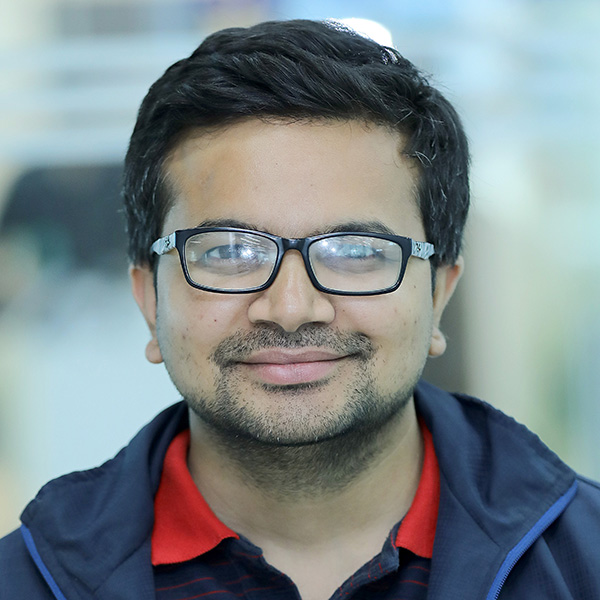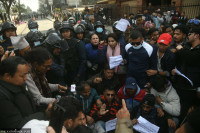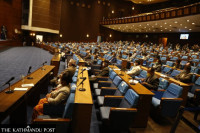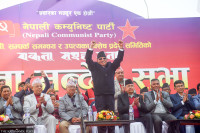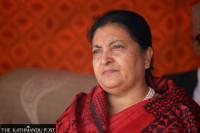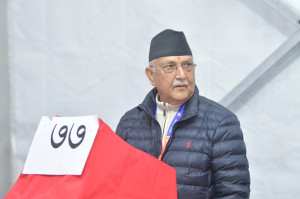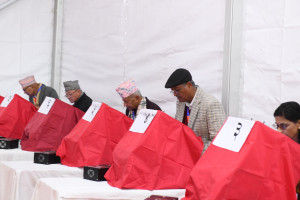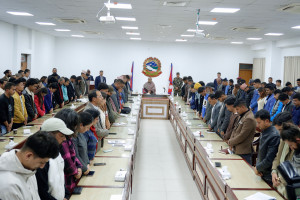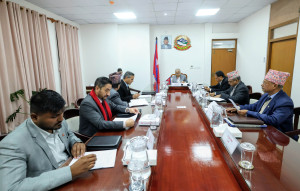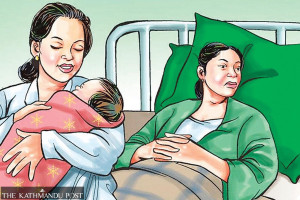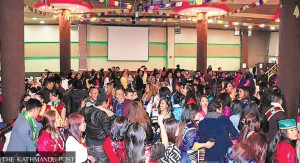Politics
New parties emerge to challenge the old guard at March elections
‘Rather than newness of some parties, what matters is their ability to honour spirit of change.’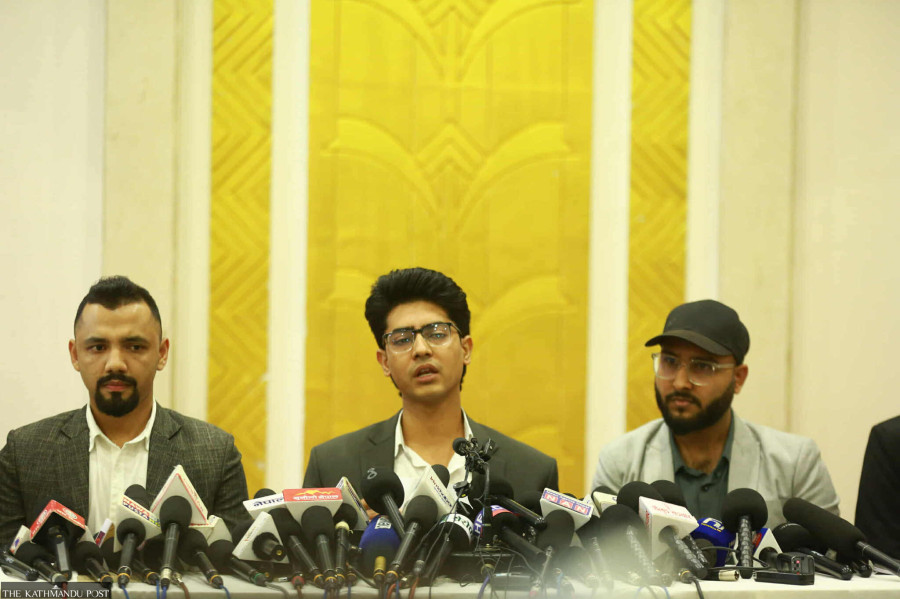
Binod Ghimire
Four new parties have either been registered or announced in under two weeks since the Election Commission’s call for participation in the March 5 elections.
The constitutional election management body, on October 6, gave new parties more than six weeks to register for the March 5, 2026 snap polls.
New forces willing to form a new party have until November 16 to get registered with the commission.
Harka Sampang, mayor from Dharan Sub-metropolitan City, was the first to get a new party registered in the aftermath of the Gen Z movement that upended the country’s politics. His Shram Sanskriti Party aims to contest the House of Representatives election scheduled for March.
The two-day movement led by Gen Z-ers ousted the KP Sharma Oli government on September 9. Three days later, on September 12, President Ramchandra Paudel, after broad consultations and the recommendation from the protesters, appointed former chief justice Sushila Karki the prime minister.
On her recommendation, the head of state dissolved the lower house and announced the mid-term elections. The commission, which started its preparations immediately after the date was declared, made its call for the registration of new parties. To be listed as a political party, an outfit must submit its statute, flag, desired election symbol, and the signatures of at least 500 voters, among other documents.
In addition to Sampang’s party, Gatishil Loktantrik Party led by Dinesh Prasai, a professor of sociology, which includes businessman Birendra Basnet among others, was announced on Thursday. Janaswaraj Party, formed by a faction of the Janamat Party, has also been registered with the commission, even though the Supreme Court has issued an interim order against its formation.
Only on Saturday, a group of Gen Z youths led by Miraj Dhungana announced a new party. Dhungana, however, said the party will not participate in the elections until the demand for the directly elected prime minister is met.
As per the commission’s record, 122 parties had been listed until the call was made targeting the snap polls. The number is sure to increase significantly as different Gen Z groups and those already in politics are doing homework to register new parties. For instance, a group of leaders that includes former lawmaker Sumana Shrestha and the leaders of Bibeksheel Party are working to form a new political force.
Most new parties have agendas of good governance, rule of law, development and corruption control that the Gen Z carried while commencing their protest. The new forces believe they can replace the parties that have long been dominant in Nepali politics.
However, experts believe the greater number of new parties could split the swing votes—to the benefit of the old parties who have been dominant in the past few decades. Unlike the new ones, parties like the Nepali Congress, the CPN-UML and the CPN (Maoist Centre) have strong organisational structures, giving them an edge in electoral politics.
“The new parties are catch-all in nature with no strong ideological ground, organisational strength and root. They appeal to the swing voters,” said Sanjeev Humagain, who teaches political philosophy to PhD students in Tribhuvan University and Nepal Open University. “The more the number of such parties, the more the votes will be split to the benefit of old parties.”
The Gen Z movement was leaderless and unorganised. Experts say it is therefore natural for different groups to form parties to claim the movement’s leadership. “I also see the possibility of polarisation within the new forces against the established forces if they realise they stand to make electoral losses by staying divided,” said Humagain.
In the 275-strong lower house, 165 members will be elected through first-past-the-post (FPTP), while the remaining 110 will be elected under proportional representation based on each party’s vote share.
Different political movements have established different political parties. The CPN (Maoist Centre) and various Madhesh-based parties are recent examples. However, their strength faded as they could not stay true to their commitment.
“Rather than your status as a new or an old political party, what is more important is whether you carry the spirit of change,” said Uddhab Pyakurel, who teaches political sociology at Kathmandu University. “What Gen Z wants is reforms in governance and to get rid of the old guard.”
“Going to the polls with your agendas is the only sure way to determine your popularity,” he said.




 15.12°C Kathmandu
15.12°C Kathmandu